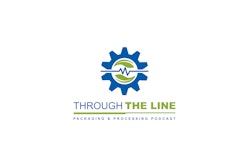The global cancer drug market has reached $100 billion, while patient access is still a concern and out-of-pocket costs are sharply rising, according to a new report.
According to a report from the IMS Institute for Healthcare Informatics, the global market for oncology drugs, including those used in supportive care, increased 10.3% in 2014 and reached $100 billion, up from $75 billion five years earlier.
Part of the reason for this is that cancer patients are living longer. Within the U.S., two-thirds of Americans diagnosed with cancer now live at least five years, compared to just over half in 1990.
The strong pipeline of medicines in clinical development include new “immuno-oncologics” that hold out the promise of improved survival with lower toxicity for some patients, as well as combination therapies that can address multiple pathways in a tumor, potentially leading to substantial increases in survival, the report explained.
However, when it comes to global cancer treatment, not all is equal. In 2014, patients in Japan, Spain and South Korea had access to fewer than half of the new cancer drugs launched globally in the prior five years.
In these markets, availability of newer targeted therapies remains low but is increasing.
Even among wealthy countries, new drugs may not be reimbursed and, as a result, will only reach a very small number of patients.
Average therapy treatment costs per month have increased 39% n the U.S. over the past 10 years in inflation-adjusted terms, according to the reports, and specifically, within the U.S., patient out-of-pocket costs have risen sharply for intravenous cancer drugs, increasing 71 percent from 2012 to 2013, reflecting changes in plan designs and increased outpatient facility costs.






















